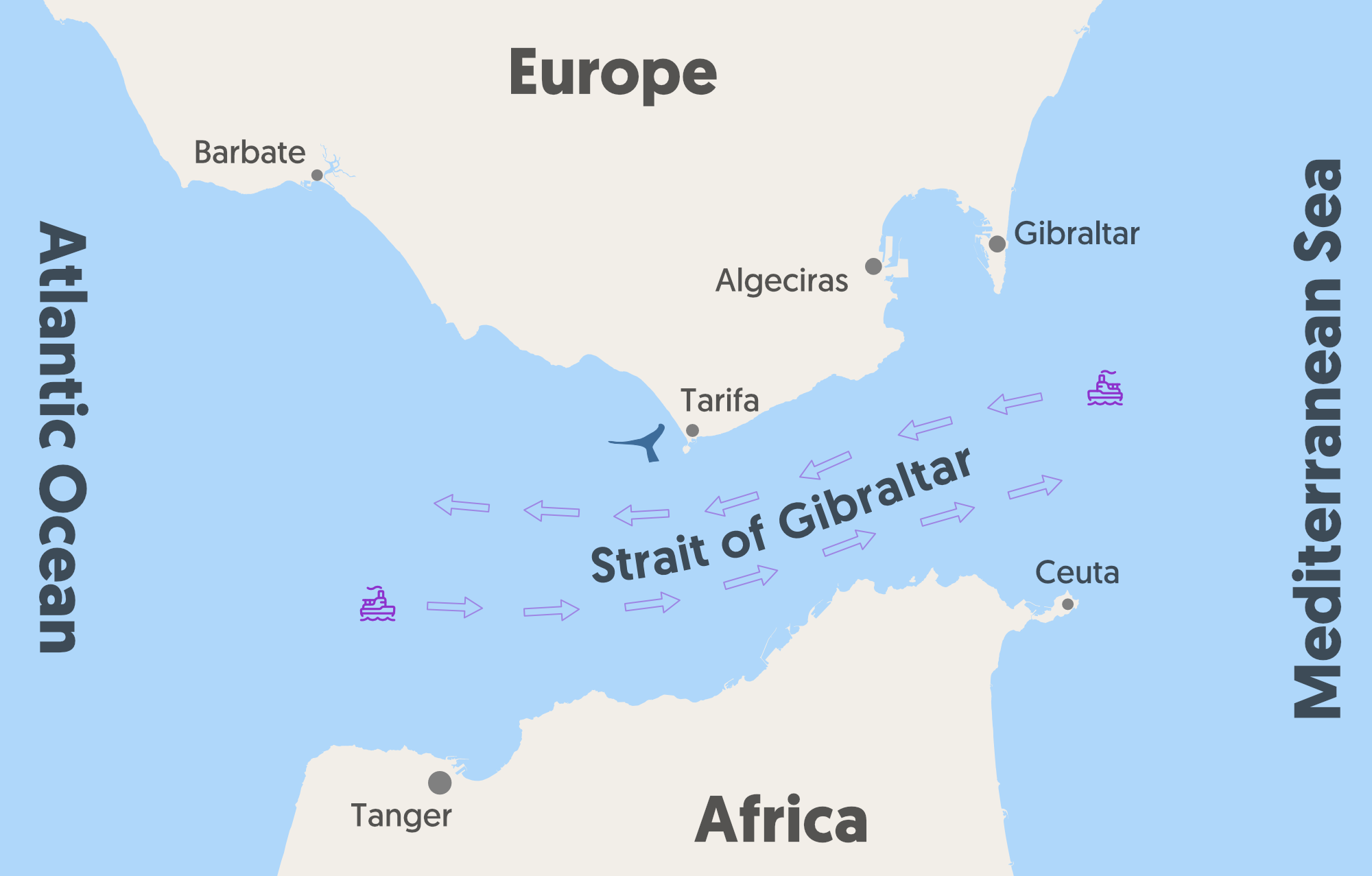Significance of straits and isthmus in international trade
Straits and isthmuses are important features of the world’s geography that have significant implications for international trade. They provide shorter and more convenient routes for the transportation of goods between different regions, and are used by ships and land-based vehicles to transport a wide variety of goods . Some of the significance of straits and isthmuses in international trade are:
- Cost reduction: Straits and isthmuses reduce the distance and time required for transporting goods between different markets, thus lowering the costs of transportation and increasing the efficiency and profitability of trade. For example, the Panama Canal on the isthmus of Panama saves about 8,000 miles of sailing distance between New York and San Francisco, while the Suez Canal on the isthmus of Suez saves about 4,300 miles of sailing distance between Europe and Asia .
- Market access: Straits and isthmuses enable the access to new and diverse markets for goods and services, thus expanding the opportunities and competitiveness of trade. For example, the Strait of Hormuz and the Strait of Malacca are vital for the global oil trade, as they connect the major oil-producing regions in the Middle East and Africa with the major oil-consuming regions in Asia and Europe. Similarly, the Strait of Bab-el-Mandeb is a key transit point for trade between Europe, Asia and Africa, especially for agricultural products, minerals and manufactured goods.
- Regional integration: Straits and isthmuses facilitate the integration of regional economies and trade blocs, thus enhancing the cooperation and coordination of trade policies and regulations. For example, the Strait of Gibraltar connects the European Union and the African Union, while the Isthmus of Kra connects the Association of Southeast Asian Nations (ASEAN) and the South Asian Association for Regional Cooperation (SAARC)
Significance of straits and isthmus
- Connectivity: Straits and isthmuses connect different water bodies and landmasses, thus facilitating the movement of goods and people across continents and oceans. For example, the Panama Canal on the isthmus of Panama connects the Atlantic Ocean and Pacific Ocean, while the Suez Canal on the isthmus of Suez connects the Mediterranean Sea and the Red Sea.
- Strategic importance: Straits and isthmuses are often located in geopolitically sensitive areas, where they can influence the security and stability of the regions. For example, the Strait of Hormuz and the Strait of Malacca are vital for the global oil trade, while the Strait of Bab-el-Mandeb is a key transit point for trade between Europe, Asia and Africa. Controlling or blocking these straits can have significant economic and political consequences for the countries involved.
- Cultural exchange: Straits and isthmuses are also sites for communications and cultural exchange, as they enable the interaction of different civilizations and peoples. For example, the Strait of Gibraltar has been a gateway between Europe and Africa for centuries, while the Isthmus of Kra has been a bridge between mainland Southeast Asia and the Malay Peninsula.

plz solve 2021 GS2 paper
ReplyDelete